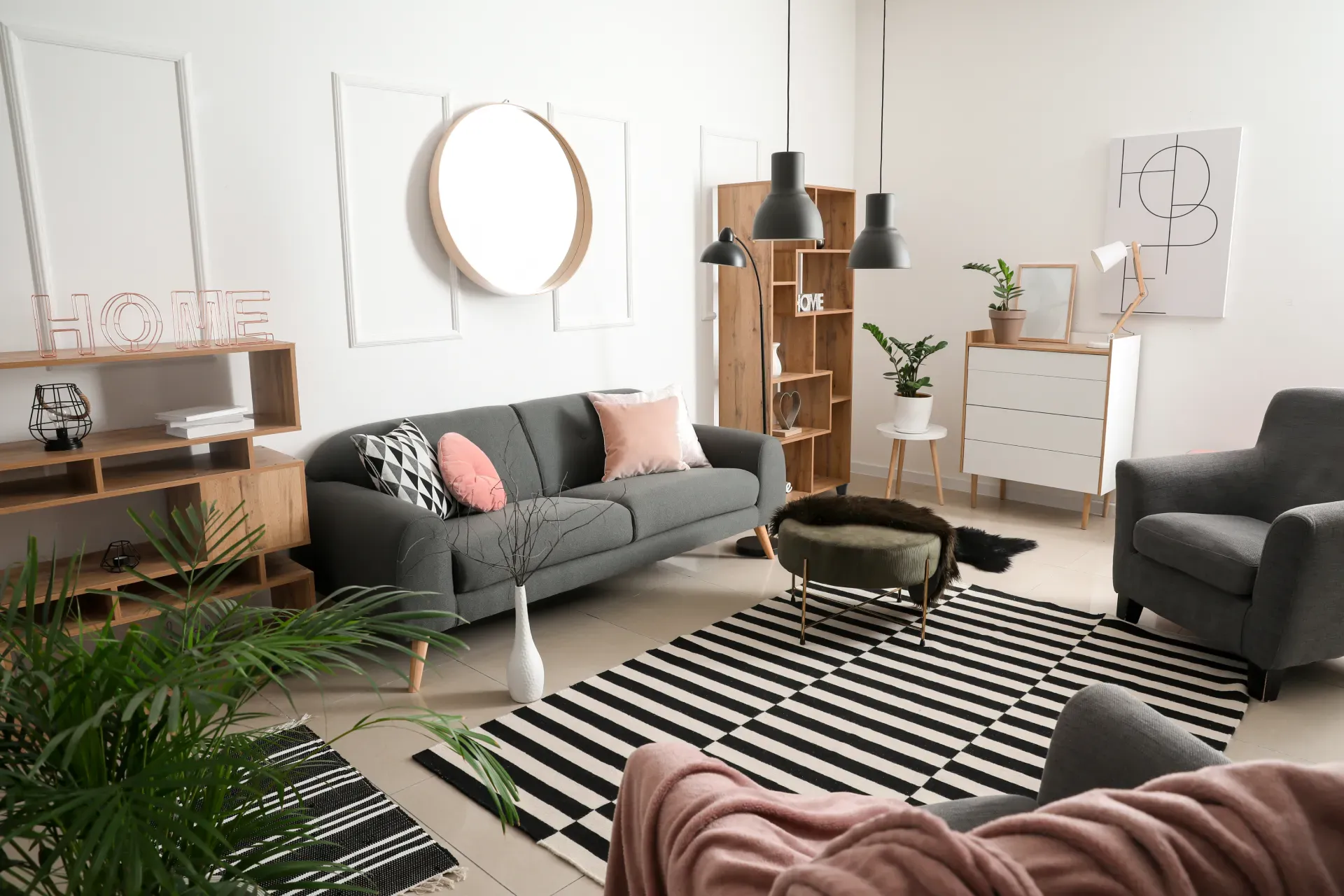Introduction:
In the realm of real estate and interior design, the concept of staging has become increasingly prevalent. Staging involves arranging and decorating a home to highlight its best features and appeal to potential buyers or renters. One essential component of furniture rental for staging, which plays a crucial role in showcasing a property’s potential. However, rather than investing in purchasing furniture outright, many real estate agents, homeowners, and property developers are turning to furniture rental for staging. This trend has gained significant traction in recent years, driven by several factors that reflect the evolving dynamics of the real estate market and changing consumer preferences.

- Cost-Effectiveness and Flexibility: One of the primary reasons behind the growing demand for furniture rental for staging is its cost-effectiveness and flexibility. Purchasing furniture outright can be a significant financial investment, especially for homeowners or real estate agents looking to stage multiple properties. By opting for rental furniture, they can access high-quality furnishings without the hefty upfront costs. Additionally, rental agreements typically offer flexibility in terms of duration, allowing stakeholders to rent furniture for as long as needed without being tied down by long-term commitments. This cost-effective and flexible approach appeals to both budget-conscious individuals and those seeking greater convenience in the staging process.
- Enhanced Presentation and Appeal: In today’s competitive real estate market, presentation is key. A well-staged home can significantly enhance its appeal to potential buyers or renters, leading to quicker sales or rentals and potentially higher prices. Furniture plays a crucial role in creating an inviting atmosphere and showcasing the functionality of different living spaces. Rental furniture providers offer a wide range of styles and designs to suit various property types and target demographics. From modern and minimalist to classic and eclectic, staging professionals can choose furniture that aligns with the desired aesthetic and complements the property’s architecture and interior design. The ability to access diverse furniture options enables stakeholders to stage properties more effectively and make a lasting impression on prospective buyers or renters.
- Adaptability to Market Trends: The real estate market is constantly evolving, with trends and preferences shifting over time. What may be considered stylish and desirable today may become outdated tomorrow. Furniture rental for staging allows stakeholders to adapt to changing market trends swiftly. Instead of being stuck with outdated furniture or investing in costly renovations, they can easily update the look and feel of a property by swapping out rented furniture for newer, trendier pieces. This adaptability ensures that staged properties remain attractive and competitive in the market, maximizing their potential for sale or rental success. By staying ahead of the curve, stakeholders can capitalize on emerging trends and meet the evolving demands of discerning buyers or renters.
- Reduced Hassle and Maintenance: Maintaining and storing furniture can be a cumbersome and time-consuming task, particularly for real estate agents or homeowners managing multiple properties. Furniture rental eliminates the need for storage and alleviates the burden of maintenance and upkeep. Rental providers handle delivery, setup, and removal, allowing stakeholders to focus on other aspects of the staging process. Additionally, rental agreements often include services such as cleaning and repair, ensuring that furniture remains in pristine condition throughout the staging period. This streamlined approach saves time, effort, and resources, making furniture rental an attractive option for busy professionals and property owners seeking a hassle-free staging experience.
- Sustainable and Eco-Friendly Solution: In an era of increasing environmental awareness, sustainability has become a significant consideration for many consumers. Furniture rental for staging offers a sustainable alternative to traditional furniture procurement methods. Instead of contributing to the demand for new furniture production, rental furniture reuse and repurposed, reducing waste and minimizing environmental impact. Additionally, rental providers often prioritize eco-friendly practices such as using sustainable materials and implementing efficient transportation methods. By opting for furniture rental, stakeholders can support sustainability initiatives and reduce their carbon footprint while still achieving their staging objectives.
Conclusion:
The demand for furniture rental for staging continues to rise, driven by its cost-effectiveness, flexibility, and ability to enhance property presentation and appeal. By embracing this trend, real estate agents, homeowners, and property developers can access a wide range of high-quality furnishings without the financial burden of purchasing furniture outright. Moreover, furniture rental offers adaptability to market trends, reduces hassle and maintenance, and provides a sustainable, eco-friendly solution. As the real estate market evolves and consumer preferences change, furniture rental for staging remains a valuable tool for showcasing properties effectively and maximizing their potential for sale or rental success.